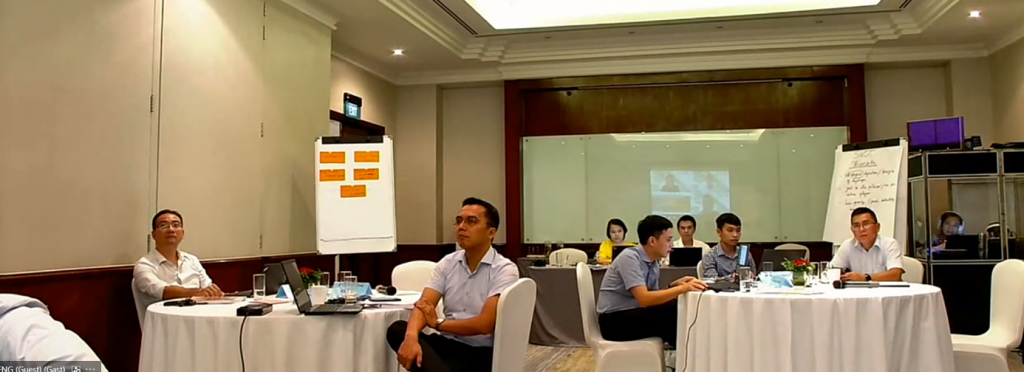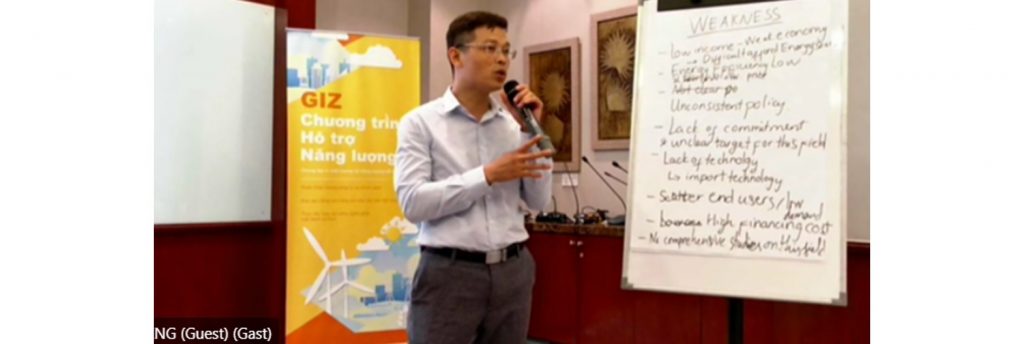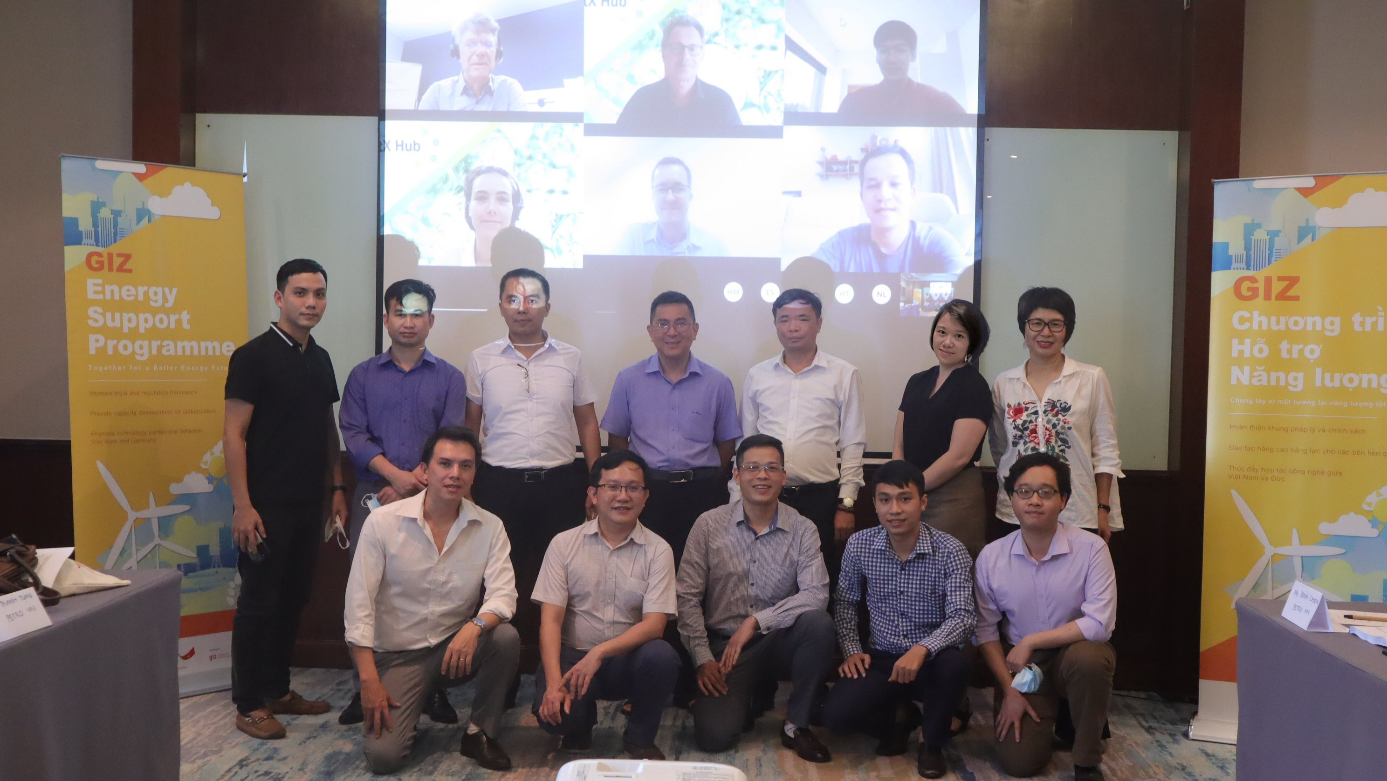Published on July 29, 2021
Green hydrogen is still a relatively new topic in Vietnam, yet it is expected to play a pivotal role in the development of its green energy sector. This is an explicit goal of the Resolution 55 of the Politburo issued in February 2020, which outlines the need for a clear long-term strategy, including well defined targets and policies that support its implementation. Only grey hydrogen has so far been produced in Vietnam, and it is largely used in industries that produce oil, gas, and fertiliser. The national annual production capacity of grey hydrogen is as high as 500,000 tons, and to date, the main producer in Vietnam is Petrovietnam (PVN), with four factories in total.
However, Vietnam’s huge potential for offshore wind energy presents a great opportunity for the local production of green hydrogen. Electrolysis is the first step in the production process of green hydrogen, and it needs to be powered by renewable energies in order to be sustainable. Vietnam’s long coastline enables large-scale and sustainable PtX production using wind energy. This can offer the potential to defossilise national industries, such as power generation, storage, transportation, and the chemical, cement, steel, and fertiliser industries. In addition, the growing interest in green hydrogen in Western Europe and in the Asia-Pacific region offers promising opportunities for Vietnam to become an exporter of green hydrogen to international markets.
These promising potentials and more were discussed in the International Power-to-X Hub’s first Green Hydrogen and PtX Training in Asia that took place in Vietnam from July 6th to 8th 2021. During three half-day trainings (that consisted of two lecture sessions and one half-day transfer workshop) participants from institutions such as the Ministry of Industry and Trade (MOIT), the Institute of Energy (IE), and Vietnam Oil and Gas Group PVN engaged in lively discussion on Vietnam’s potential for PtX.

The training took place in Hanoi and was facilitated together with our colleagues from the local GIZ office. Most participants welcomed the chance to meet personally, while others based in Ho-Chi-Minh-City and Germany dialled in remotely. In the first two days, participants learned about the technologies, regulations, and market opportunities of green hydrogen and PtX, as well as important sustainability dimensions. On the third day, the attendees applied their knowledge in a country-specific workshop, in which representatives from the Ministry of Industry and Trade and the Institute of Energy and Petrovietnam held presentations on “Green Hydrogen Development in Vietnam – Why And How?” and “The Current Status of PVN’s Hydrogen Production and Uses”. These presentations served as additional and tailored to Vietnam inputs for the group works and discussions to come.
The working groups analysed the potential applications of green hydrogen and PtX in Vietnam with a SWOT (strengths – weaknesses – opportunities – threats) analysis. All participants recognised the urgent need to start building knowledge and acceptance among decision-makers and relevant stakeholders before developing a policy framework for financing, infrastructure development, and carbon pricing. In the near future, Vietnam will need to set up a roadmap, define goals, and assign clear responsibilities for its implementation of PtX. Moreover, trainings and learning from other projects around the globe are vital during the first development stages.

Overall, the participants explored creative ideas to kickstart development, tackle obstacles, and analyse Vietnam’s potential for a green hydrogen economy. The GIZ office in Hanoi strongly supported the transfer workshop and successfully and seamlessly guided the strategic discussions on green hydrogen and PtX.
Contributor to this article is Elisabeth Kriegsmann.
